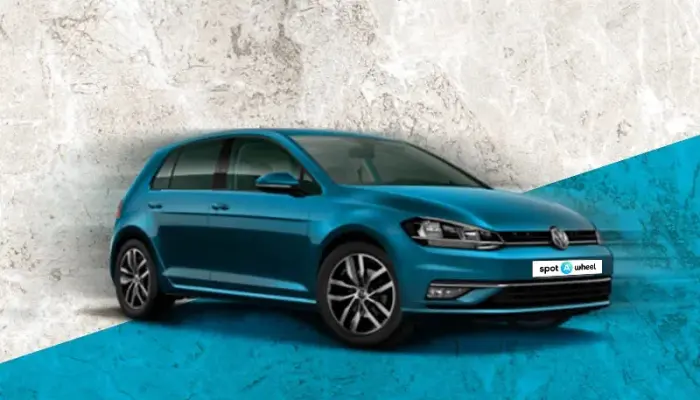There are many types of hatchbacks. Some are compact and convenient, while others are luxurious and sporty. But when it comes to a mid-sized car that combines all qualities, the mind involuntarily turns to the Volkswagen Golf.
Looking Back
This iconic German mid-sized car, designed by the famous Italian designer Giorgetto Giugiaro, was first introduced in 1974. It became the successor to the Volkswagen Beetle as the people's car (Volk + wagen = car for the people) and achieved even greater success than its Beetle predecessor. Besides awards (it was twice named European Car of the Year and twice World Car of the Year), sales of over 35 million units, and moving to its 8th generation, the Volkswagen Golf reached another unprecedented achievement - it became a benchmark for the entire category.
What does this mean in simple terms? The entire category of hatchbacks and mid-sized cars as we know them today would not exist without the Volkswagen Golf. This is evident from the fact that the German mid-sized car is used as a starting point in automotive circles for creating and developing other models in this category.
Features of the Volkswagen Golf 7th Generation
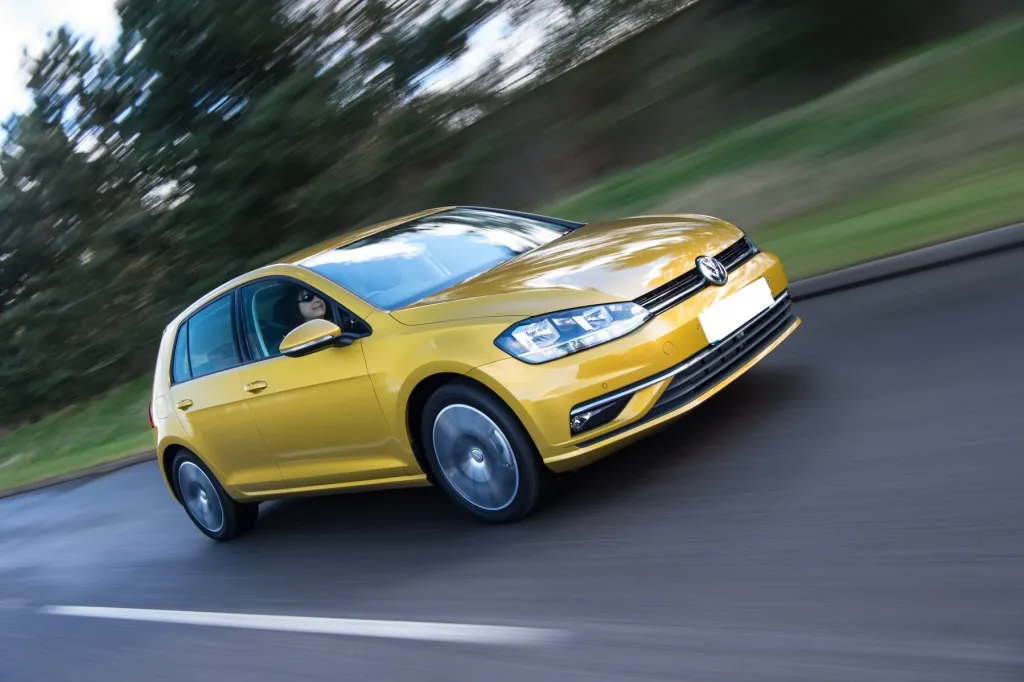
So, what features distinguish the Golf and make it such an important reference point in the category of mid-sized cars?
- Years of production: 2013-2020
- Fuel: Petrol (TSI) / Diesel (TDI)
- Engine capacity: from 1.0 to 2.0 liters
- Drive: Front
- Power: from 85 to 230 hp
- Trunk volume: 379 liters
- Weight: 1205 - 1402 kg
- Transmission: Manual (5 or 6 speeds) / Automatic DSG (6 or 7 speeds)
- Service interval: every 15,000 km
- Body type: Hatchback
The seventh generation of the Volkswagen Golf was introduced in the fall of 2012 and shared a common platform with other Volkswagen Group models such as Audi A3, Skoda Octavia, and Seat Leon. Golf had already been a market leader among compact family cars, but the Mk7 model became a benchmark for the Golf lineup and the best car you could buy. It offers excellent quality, high comfort, efficient engines, and outstanding safety.
Exterior
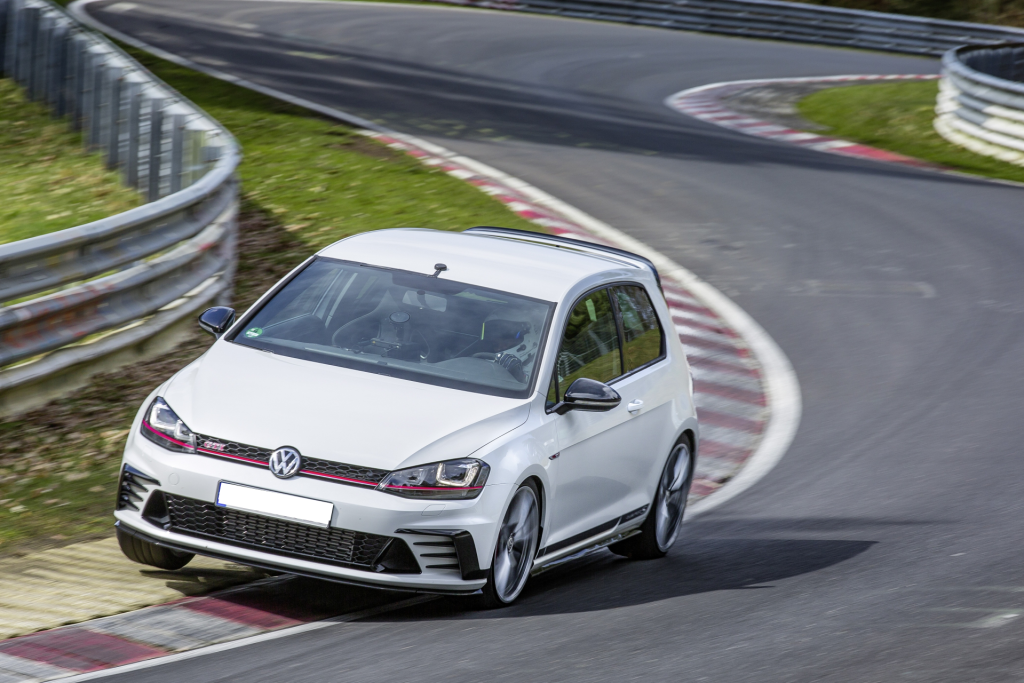
The appearance of the Volkswagen Golf is its trump card. For others, it's a constant cause for criticism, as many believe the model is constantly updated but never changes. In reality, restylings and generational changes are often not immediately noticeable.
But this is what makes the Volkswagen Golf so successful. Engineers from Wolfsburg in 1974 found the formula for success. A car with front-wheel drive and a shortened rear part, accompanied by a "fierce" look of the headlights and exterior. Thus, the Volkswagen Golf was created!
Indeed, nearly four decades later, with increasing competition, how much can the appearance of the Golf change while remaining true to the original plans and retaining authenticity?
The answer is not at all, as there's no need. Where the Golf really stands out is in the interior. Offering the latest technologies and expensive (under other conditions) additional options, you can find a Volkswagen Golf equipped to satisfy any need. Its interior is driver-oriented, has a simple design and quality materials, complemented by a large screen with a simple and convenient multimedia system.
Engines
Being such a popular model, the Volkswagen Golf was offered with a wide range of engines, including a hybrid powertrain (GTE, 202 hp) and even a fully electric version. There's a long list of engines, so let's not waste time and take a closer look!
The most famous engine of the Volkswagen Golf 7th generation is the 1.6 TDI. This is a diesel engine with a power of 105 hp and a torque of 250 Nm. After the facelift in 2014, the power increased to 115 hp, while the torque remained the same. The average fuel consumption is 3.8 liters per 100 km, making it extremely economical. It meets Euro-6 environmental standards and emits less than 100 g/km of carbon dioxide.
Another quite popular engine is the 1.2 TSI. This is a turbocharged petrol engine with a power ranging from 85 to 110 hp. It is the most economical option of a petrol engine along with the 1.0 TSI and 1.4 TSI with a power ranging from 122 to 150 hp. Overall, all Golf engines are turbocharged, allowing the owner to easily make changes in the future.
The most powerful version of the Volkswagen Golf has a 2.0-liter engine with a power of 230 hp. The Volkswagen Golf GTI accelerates to 100 km/h in 6.4 seconds. It's worth noting that the Golf GTI version was so popular from the moment of its creation that many demanded a Golf with GTI performance but with fuel consumption more suitable for everyday use.
And so the Golf GTD appeared. The GTD is equipped with a 2.0-liter diesel engine with a power of 184 hp. Its torque is higher than that of its "cousin" GTI (380 Nm versus 350 Nm), and it takes 7.5 seconds to accelerate to 100 km/h. Fuel consumption of 4.2 liters per 100 km leaves no doubt that the GTD is the golden mean between performance and economy.
Ride Quality
The Volkswagen Golf 7th generation uses the new Volkswagen MQB platform, which is also used in the Audi A3, Seat Leon, and Skoda Octavia of the same generation. This platform is larger than the previous one, which allowed increasing the wheelbase and track of the Golf, while keeping its mass about 100 kg less than that of the Golf 6th generation.
This gives the Golf better handling on the road, increases comfort, and further improves its behavior in corners. The Golf has an updated rear suspension with a lighter semi-rigid beam, making it one of the lightest in its class. Combined with an updated body, this provides better road grip and responsiveness on both ordinary and demanding routes, making it the perfect car for all occasions.
Transmission
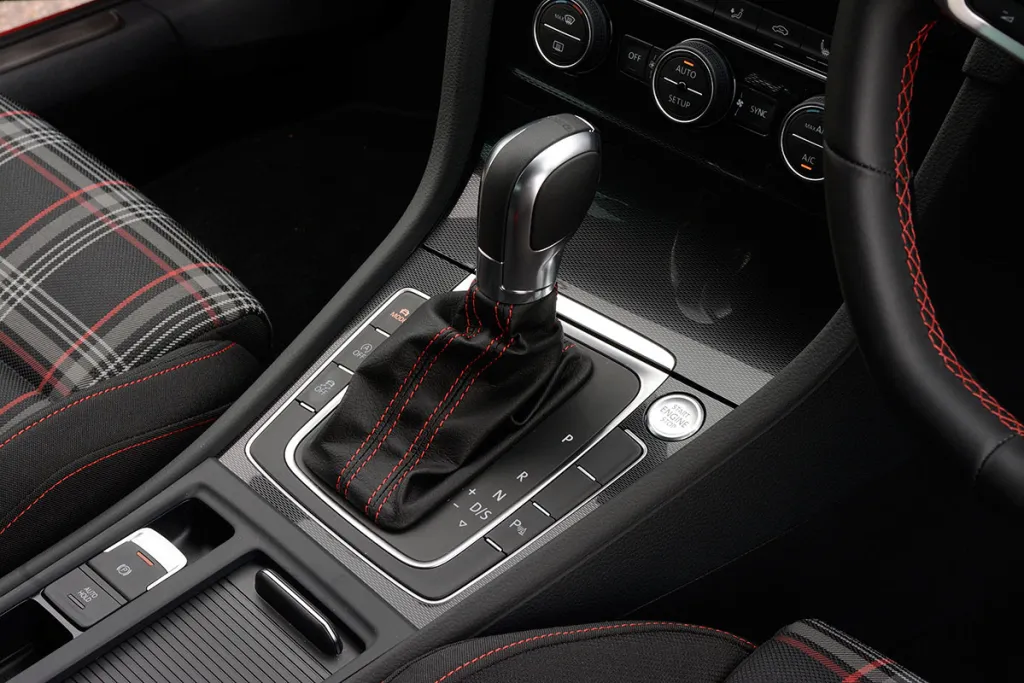
The Volkswagen Golf was the first mid-sized car to adopt an automatic dual-clutch transmission. Over time, more and more cars are equipped with such transmissions, and this became possible thanks to the Golf.
Automatic dual-clutch transmissions are highly valued by car enthusiasts. They are in no way inferior to manual transmissions, making them, perhaps, a romantic but outdated choice. They provide fuel economy, convenience, comfort, and speed, as everything happens faster and more directly with the DSG gearbox. In all automatic versions of the Volkswagen Golf, a 7-speed dual-clutch DSG transmission is installed. In high-performance versions (GTI and GTD), a 6-speed DSG is offered.
In addition, the Volkswagen Golf is available with a 5- or 6-speed manual transmission depending on the configuration. In versions 1.2 TSI (85 hp), 1.8 TSI, and 1.6 TDI Golf, a 5-speed manual transmission is installed. In all other versions, a 6-speed manual transmission is offered.
Frequent Breakdowns
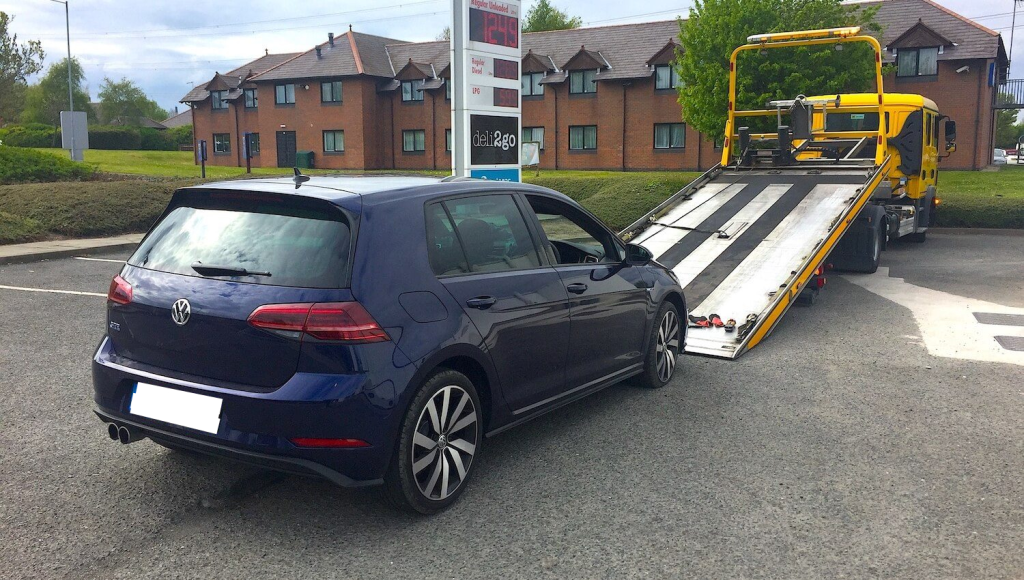
Although the Volkswagen Golf is generally considered a reliable car, many owners have encountered various breakdowns over time. While this is mostly related to operation and maintenance, we've compiled the most common faults and present them to you:
- Tire wear: many Golf models with wheels 18 inches and larger have problems with frequent use. This occurs due to significant loads on Russian roads. It can even lead to damage to the nipple due to inattention or hitting a large pothole.
- Tachometer: one of the initial defects when the model was released was inaccuracies in the tachometer readings. Most likely, if the Golf had such a problem from the factory, it is now resolved.
- Squeaks and noises: many owners noted squeaks and noises from the body, especially on uneven roads. This happens when timing chains are not serviced properly and, according to the regulations, can cause serious engine damage. Therefore, it is important that the used Volkswagen Golf you choose has a full service history.
- Oil change: it is well known that turbocharged engines tend to consume more oil. This does not necessarily indicate a fault or problem, but the owner should be prepared for this, especially if they previously drove a naturally aspirated car. Therefore, the oil level should be checked more often than the manufacturer recommends. Ideally every 10,000 km, not every 15,000 or 20,000 km, as may be indicated.
Which Volkswagen Golf 7th Generation to Choose?
This question is not easy to answer, as there are so many options. You should choose the version that best suits your lifestyle. From our side, we would recommend the 1.6 TDI Bluemotion with a 7-speed automatic DSG transmission (one of the most reliable automatic transmissions on the market). It's a very flexible powertrain with a fuel consumption of 3.9 l/100 km. Unfortunately, it does not combine with the possibility of all-wheel drive, available only for manual diesel versions.
Prices for the Volkswagen Golf 7th Generation
The Golf has always been more expensive than its competitors, which is justified by the higher level of technologies used and the quality of materials in the cabin. Currently, you can find it for about 15,500 euros. Keep in mind that sporty and versatile versions will be more expensive, and remember our general advice to always choose the best car you can afford (one that has been properly serviced and undergone all scheduled maintenance on time).
Conclusion
The Volkswagen Golf may not be the most luxurious or sportiest hatchback. It may also not be the most compact in size or the most economical. However, it is precisely the car that created and opened up an entire category of vehicles, and this is no accident. Golf is a car that does 8 out of 10 things right.
The Volkswagen Golf also received excellent crash test ratings, getting 5 stars from Euro NCAP, 94% for adult passenger protection, 89% for child protection, 65% for pedestrian protection, and 71% for safety systems.
So if you are looking for a versatile car for daily use that will take you anywhere, comfortably accommodate your family, and ensure safety, you need not look any further. And all this without astronomical costs. Because Golf does what a car was created to do: simplify our everyday life.
